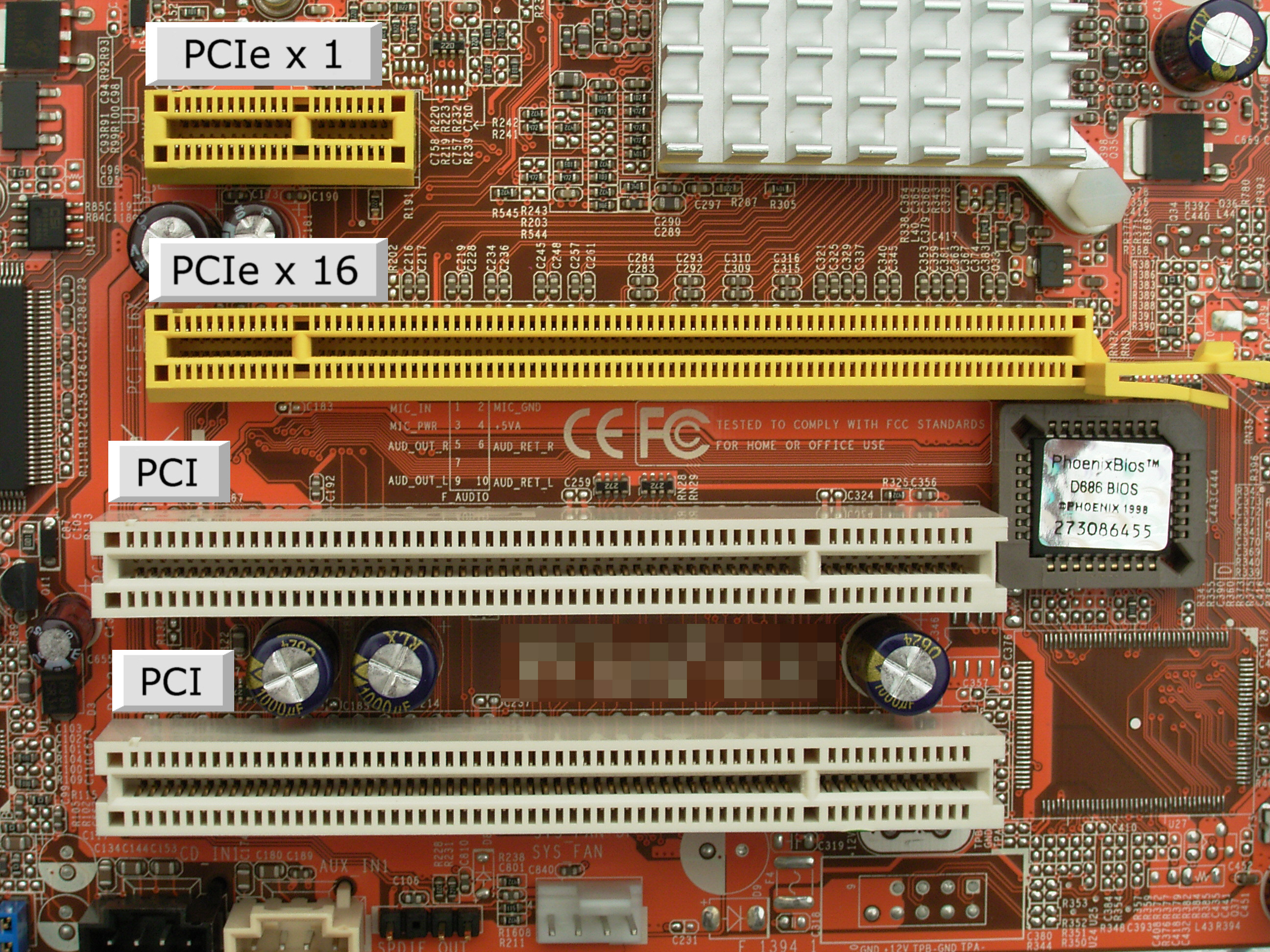Which Is Better?
What Do They Do?
The common storage drive is an essential part within your computer. All data is kept on the drive for either you or a program to access at a later time. From movies and music, to programs and common data files, all of it is stored on the storage drive.
Hard Drive (HDD)
The hard drive, or HDD, has been used as the main storage component for an extremely long time in the computer industry. Hard drives are essentially metal platters with a magnetic coating. That coating stores your data, whether that data consists of weather reports from the last century, a high-definition copy of the Star Wars trilogy, or your digital music collection. A read/write head on an arm accesses the data while the platters are spinning in a hard drive enclosure. - PCMAG.com.
Pros
- Low price - $0.05 per average gigabyte
Cons
- Large possibility for data loss
- Slow transfer rate (50Mb/s - 120Mb/s average read/write speed)
- Noisy
- High heat
- Moving components within (Will wear down over time)
- Long warm-up time
Solid State Drive (SSD)
The solid state drive, or SSD, is a new and rising addition for your computer. Just like the HDD, it is the main storage component in your computer. Like a memory stick, there are no moving parts to an SSD. Rather, information is stored in microchips. Conversely, a hard disk drive uses a mechanical arm with a read/write head to move around and read information from the right location on a storage platter. This difference is what makes SSD so much faster. - http://www.storagereview.com/ssd_vs_hdd
Pros
Pros
- Up to 15x faster than a standard HDD (200Mb/s - 550Mb/s average read/write speed)
- No noise
- Low heat
- No moving components
- Very little possibility for data loss
- No warm-up required
Cons
- Expensive - $0.22 per average gigabyte
Which One is For You?
So there you have it! You now know the difference between the two main storage devices within computers today, but which one is for you? Well, if you plan to use your computer for things such as gaming or video editing, the SSD is more in your favor. Loading screens during gameplay are now cut down to about 10% of the time that it takes for an HDD to do the same, and the same goes



